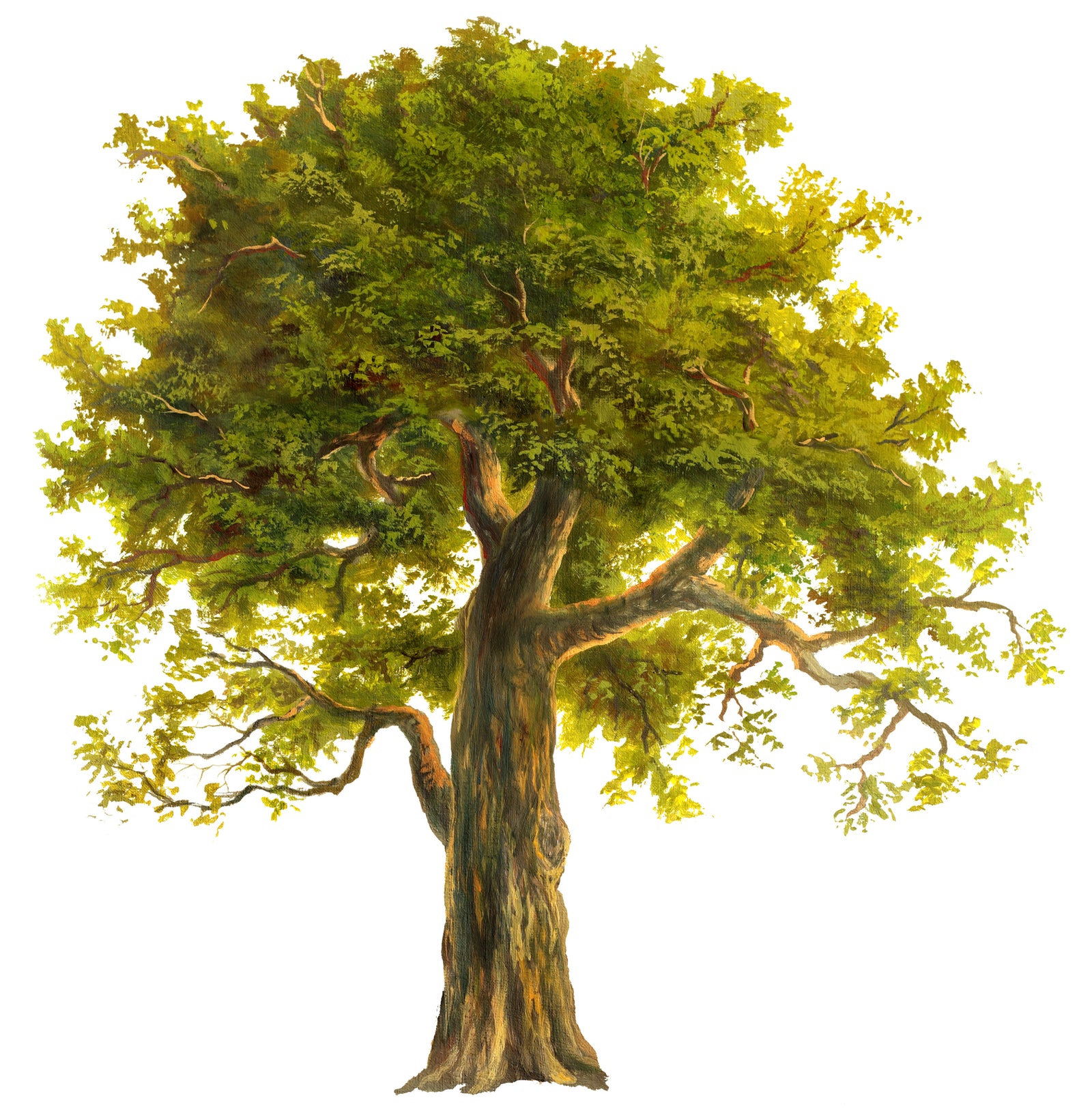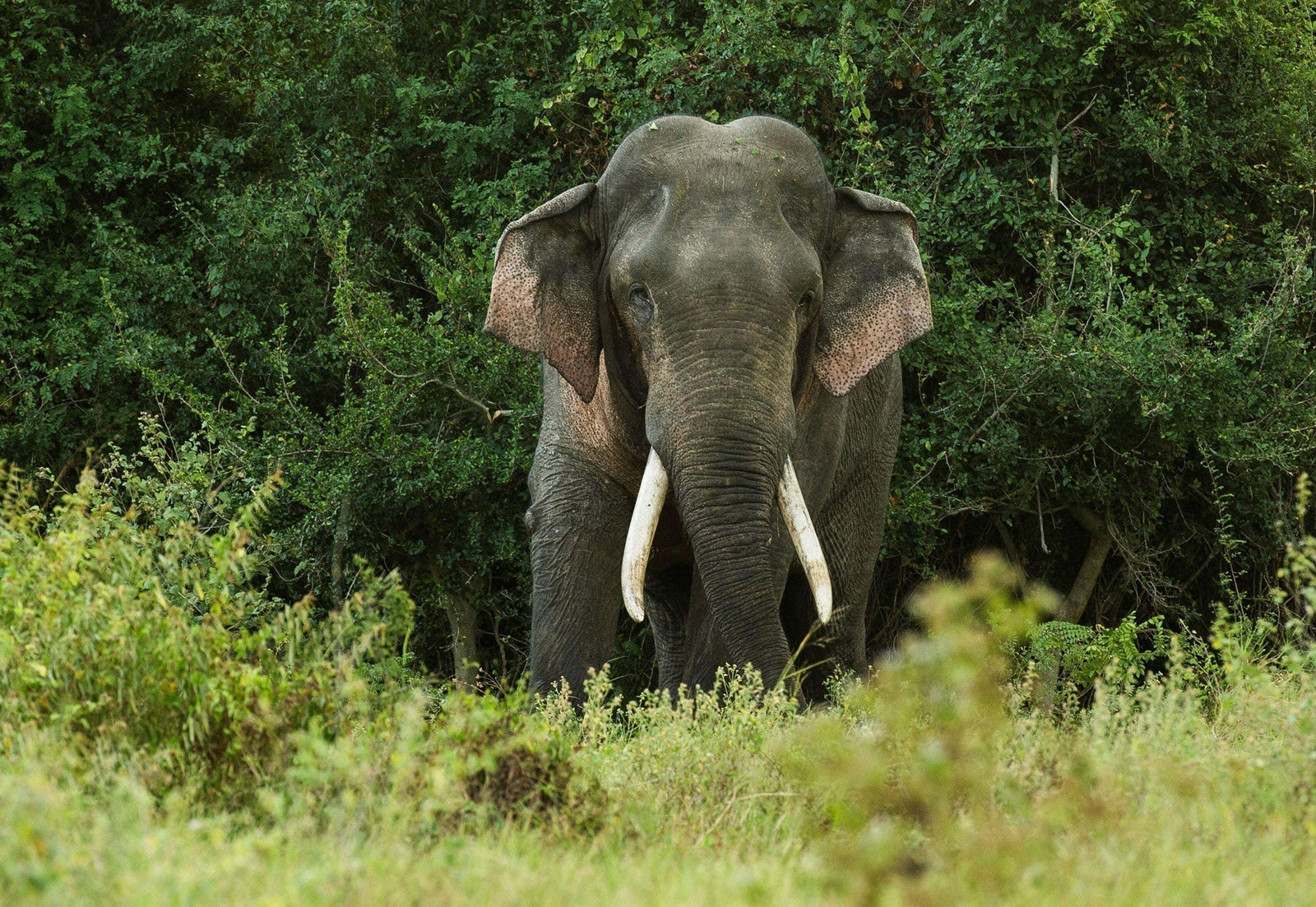Your Cart is Empty

We invite you to inspect a tree close to your home or heart. This simple challenge will reveal lots of exciting things about a tree living right on your doorstep!
• Paper
• Clipboard
• Crayons
• String or tape measure
• Bug pot or measuring glass
• Tree or leaf identification chart (see ecokidsplanet.co.uk/free-resources)
• Minibeast identification sheet (see ecokidsplanet.co.uk/free-resources)
• White sheet (optional)
1) Decide which tree you want to investigate.
2) Stand next to it and really pay attention. What does it look like? What shape is it? Draw your tree in the centre of the paper.
3) Using a guide book or a tree identification chart, try to identify which type of tree it is. Looking at its leaves, buds and trunk will help you. Write down what type of tree you think it is. Also write down its location.
4) Now give your tree a BIG hug! That’s right – stretch your arms around your woody friend. Can you reach all the way around? Going around the tree, how many times does it take to give it a hug until you reach where you originally started? One? Three? If you can’t reach all around your tree in one go, it is likely to be over 100 years old.

5) Measure your tree. Using your string or tape measure, wrap it around the trunk at about the height of your head (approximately 1 metre from the ground). This is the tree’s girth. Every 2.5cm of girth equates to approximately one year’s growth of the tree. So, to estimate the age of a living tree, you can divide the total girth by 2.5. (For example, a tree with a 40cm girth is 16 years old.) Write down your tree’s age.

6) Put those crayons to use and make a bark rubbing! Inspect the tree’s bark. Can you see any curious shapes? Does it have any hidden letters or numbers? Whatever interests you, hold your paper firmly against it and rub your crayon up and down over the area to capture the bark’s patterns.

7) Treasure a small part of the tree. Pick off a leaf or choose a fallen one, and stick it to your paper. Alternatively, you could do a leaf rubbing.

8) Go on a bug hunt! Closely inspect your tree. Look in the cracks of the bark, and on the ground around the roots. What can you find? Gently capture any critters in a pot. With help of an identification chart, write down a list of what you find. If you have a white sheet, place it on the floor underneath the tree. Use a stick to shake the tree’s branches and see what lands on the sheet. Remember to release any insects back where you found them.
9) Do any animals use your tree? Look up! Pay attention to the branches. Can you spot any nests or dreys (squirrels’ nests). Are there any signs of nibbled nuts on the ground or bird droppings down the tree’s trunk? Draw any animals or insects that you think might use your tree on your picture.

10) Connect with your tree. Feel it – is the bark smooth or rough? Smell it – what does it remind you of? Knock on it – what sound does it make? Write down as many adjectives as you can to describe your tree!
Comments will be approved before showing up.

Test your tusk knowledge with our fun Tusk Titans Quiz! From woolly mammoths and vampire deer to walruses and warthogs, see how many tusked creatures you can name. Perfect for curious kids who love wildlife – play now and become a tusk expert in the making! Want to explore more? Discover the ...
Can Fake Tusks Help Save Real Animals? Synthetic ivory – a man-made material that looks and feels like real tusk – is sparking big conservation questions. Could it stop poaching and protect elephants, or might it make ivory seem more acceptable again? We've put together the facts below – and we're a...
Our Springtime Scavenger Hunt competition, featured in March's Secrets of the Sands issue, brought in a burst of colour, creativity and curiosity! From blossom hunts and frog-filled ponds to bees buzzing in crocuses and brilliant nature poems, your entries captured the magic of the season in so many wonderful ways. Thank you to everyone who took part – we were amazed by your discoveries and loved seeing spring through your eyes.


